I’ve been into video games since childhood, and if you were a gamer in the nineties, your loyalty was to either Nintendo or Sega. Well, my family chose Nintendo because we were fans of an animated series called The Super Mario Bros. Super Show!, and while Sega mascot Sonic the Hedgehog also had his own TV show, and it was worthy competition, Mario was the more likable character.
This turned out to be a wise choice, because to this day, Nintendo continues to be the most creative video game developer. It is not uncommon to refer to the Japanese company as the Disney of video games, since both are known for being family-friendly alternatives to bleaker and raunchier fare.
This list of my favorite Nintendo games will tell you what makes them so creative and why I hold their games in such high regard:
Donkey Kong (1981, Arcade)
Nintendo’s first huge hit was also the first video game to feature Mario, albeit as a carpenter and not a plumber. A stubborn ape named Donkey Kong kidnapped Mario’s girlfriend and the object of the game was to scale a construction site to reach them, while avoiding the barrels being thrown at you by the gorilla. It was the first video game that let you jump with the press of a button, and the cartoony graphics were different from games like Space Invaders and Missle Command.
Super Mario Bros. (1985, NES)
Possibly the most popular video game in the world. This time Mario and his brother Luigi were traversing the Mushroom Kingdom in search of a princess being imprisoned by a turtle king named Bowser who took over the kingdom with an army of monsters (who have since become series mainstays like Goombas, Koopa Troopas, Piranha Plants and Bullet Bills). This was groundbreaking for its size. Action in video games up to that point had remained on a single screen, but in this game the camera would follow you across a dozen different levels as if you were actually walking somewhere. Don’t forget that music, which was half the game’s appeal.
The Legend of Zelda (1987, NES)
This was even more amazing than Super Mario Bros. Instead of walking from side to side, the game’s action was seen from a bird’s eye view, and this allowed you to travel in any direction, visit any forest, mountain or dungeon in any order you wanted, and collect a vast assortment of weapons along the way. This freedom was mind-blowing and it was one of Nintendo’s most popular games. It was actually the first game to allow you to save your data so you could continue where you left off next time you played. A necessary feature that paved the way for longer and more epic video games.
Super Mario Bros. 3 (1988, NES)
A vast improvement over the first SMB. This game allowed Mario and Luigi to transform into flying raccoons as they infiltrated Bowser’s flying airship and battled his seven Koopa kids on their way to find the princess yet again. The new save feature as well as advanced graphical capabilities allowed for bigger worlds, bigger variety, and bigger fun. An added charm to this game is its presentation as what seems to be a stage show. If you look at the screenshot above, you can see a handmade quality to the background, which includes platforms with bolts on the corners and shadows behind them. Nintendo would often go out of their way to make their games enjoyable on multiple levels.
Super Mario World (1990, Super NES)
The first 16-bit Mario platformer was even bigger and more fun than SMB3. The amount of secrets sprinkled throughout the island that Mario and Luigi explore in this game makes it very replayable, in addition to challenging and clever. This was also the game where Yoshi made his debut, and who didn’t love riding dinosaurs and eating monsters?
The Legend of Zelda: A Link to the Past (1991, Super NES)
The first 16-bit Zelda went a step farther than its NES predecessor by employing the Light World/Dark World concept which allows you to travel through time to explore the kingdom of Hyrule before and after Ganon’s evil reign. The differences between the bright, green Hyrule and the wasteland Hyrule allowed for some creative gameplay.
The Legend of Zelda: Link’s Awakening (1993, Gameboy)
Even though this was a handheld game, it was one of Nintendo’s most emotional. After washing up on a beach after sailing in a thunderstorm, you’re found and taken in by a girl and her father on Koholint Island. The cast of characters on this bizarre island are truly memorable and loveable, which makes it all the more sad later in the game when you realize the island is not what it seems.
Pokémon (1996, Gameboy)
This handheld monster-collecting RPG developed by Game Freak was an addictive phenomenon. Releasing two different versions of the game at the same time (Red & Blue, Gold & Silver, X & Y, etc.) allowed two friends with different versions to trade Pokémon that could only be found in one version with Pokémon that could only be found in the other, via a special Game Link Cable. Hence the catchphrase, “Gotta catch ’em all!,” which many kids tried to do.
Super Mario 64 (1996, Nintendo 64)
The first 3-dimensional Mario platformer was almost as groundbreaking as Super Mario Bros. The plumber’s transition from control pad to control stick was a smooth one, and Nintendo took advantage of the N64’s capabilities by introducing features that would be impossible in a side-scroller, such as grabbing Bowser by the tail and swinging him around by rotating your control stick.
The Legend of Zelda: Ocarina of Time (1998, Nintendo 64)
Considered by many gamers a masterpiece and Nintendo’s crowning achievement, if not the best video game ever made. Practically flawless in its execution in terms of a captivating story full of great moments, great twists, a great villain, hilarious dialogue, memorable characters, and some of the best music in video game history. Not to mention the smooth controls, which introduced a video game first: locking on to targets so that you could aim as you moved while fighting monsters with your slingshot, bow and arrows, etc.
These ten games were all four-star masterpieces, which is a batting average that rivals brands like Pixar, Apple and The Beatles, making Nintendo one of the most successful companies in the world. If the reason for that wasn’t clear, it’s because they take risks and try new things all the time, which is something they do to differentiate themselves from rivals like Microsoft and Sony. Most film studios are afraid to do this, but creativity is part of Nintendo’s lasting appeal.

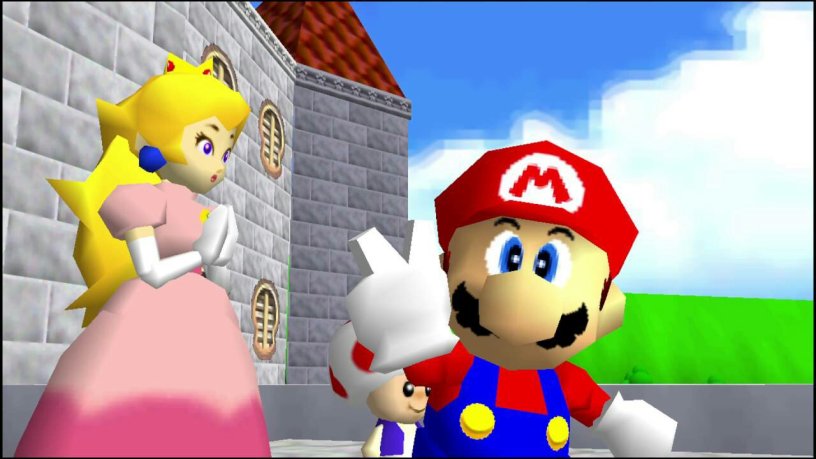


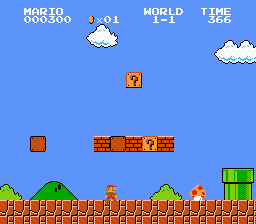

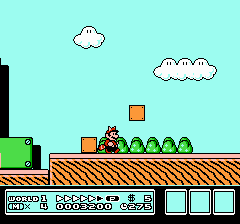

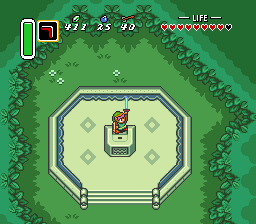

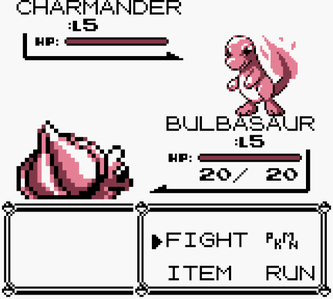

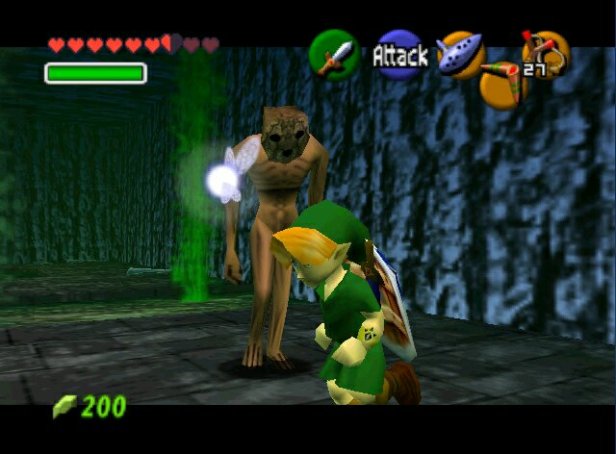

I’ve only had PC growing up, so I haven’t played most of these games.
LikeLike
I never played PC games as a kid so I’m unfamiliar with most of those. Did any PC games stand out for you as favorites?
LikeLiked by 1 person
I mostly played “edu-tainment” games growing up such as the Carmen Sandiego series and the Cluefinders series. The Humongous Entertainment games (Spy Fox, Freddi Fish, Pajama Sam, Putt-Putt) were the essence of my childhood!
Nowadays, I mostly play the Sid Meier’s Civilization series (Civ IV, Civ V, and Civ VI), the Age of Empires games, and the Nancy Drew mystery games.
LikeLiked by 1 person
I’ve heard Civilization and Age of Empire are really good, and I’ve obviously heard of Carmen Sandiego, which I’ve always been curious about since my family didn’t own a PC. All the edu-tainment in our house came from PBS.
LikeLiked by 1 person
Link’s Awakening is my fave Zelda game. It’s amazing how much content they managed to cram into the handheld. It rivaled the SNES game.
LikeLiked by 1 person
Absolutely. I do think it was better than the SNES game. Gameboy was my introduction to gaming and Link’s Awakening was the first game I ever played. Still one of the best.
LikeLike